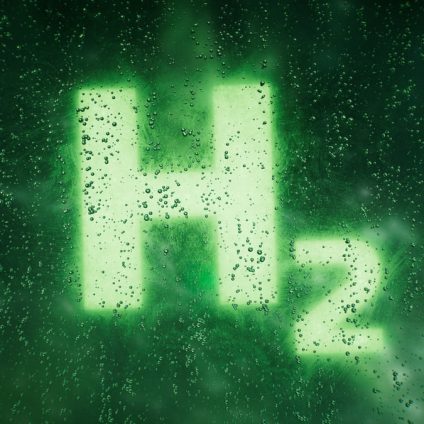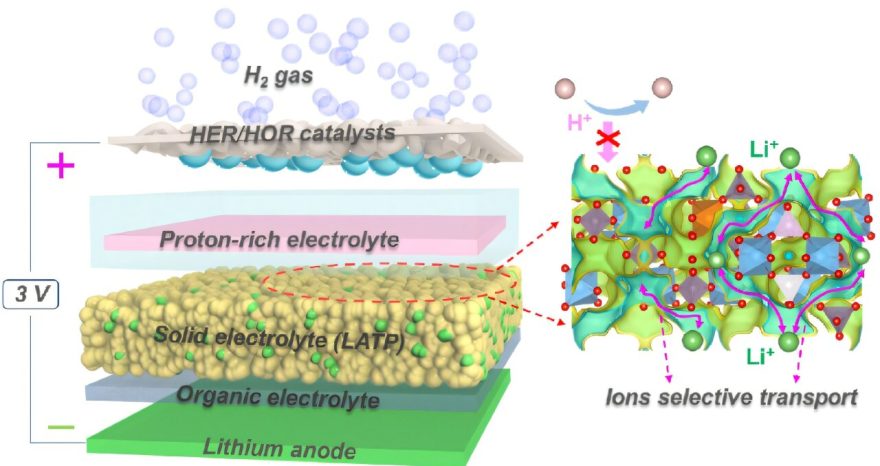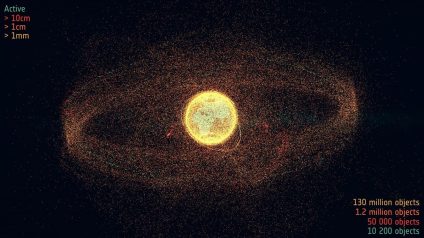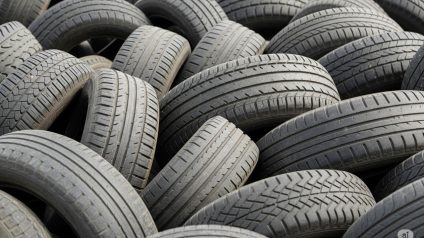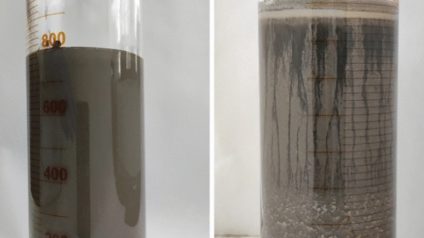The EU has set a 70% emissions reduction threshold for low-emission hydrogen, marking a key step in the bloc’s low-carbon fuel certification system
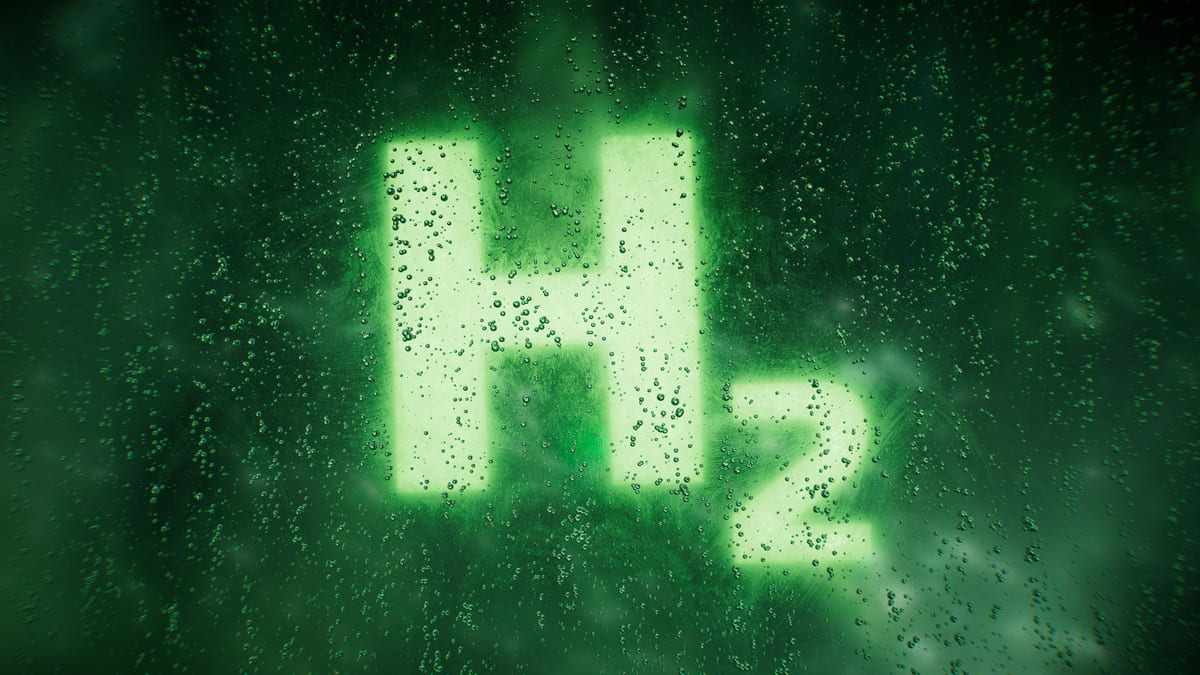
The delegated act, adopted on July 8, 2025, marks a crucial step in building the European hydrogen market.
The European Commission has adopted a new methodology to calculate greenhouse gas (GHG) savings from the production and use of low-emission hydrogen. The delegated act, officially adopted on July 8, 2025, completes the regulatory framework for hydrogen in the EU, alongside existing rules for renewable hydrogen and fuels of non-biological origin.
Under the new rules, hydrogen will only qualify as “low-emission” if it achieves at least a 70% reduction in GHG emissions compared to unabated fossil fuels. This threshold also applies to derived fuels such as synthetic fuels produced using low-carbon hydrogen.
The calculation method follows a lifecycle approach, accounting not only for direct emissions but also for those linked to raw material extraction, production, transport, and final use. Methane emissions throughout the supply chain and actual carbon capture rates are also included.
Low-emission hydrogen from natural gas and low-carbon electricity
Low-emission hydrogen can be produced using multiple technologies. One option is natural gas reforming, provided it is paired with carbon capture, utilization, and storage (CCUS) systems that can trap the CO₂ generated during the process.
Alternatively, hydrogen can be generated through electrolysis using low-carbon electricity. In both cases, the Commission’s methodology offers a flexible framework that considers differences in national energy mixes.
The delegated act does not specify the share of renewable energy required in hydrogen produced from electricity. This aspect remains governed by the Renewable Energy Directive (RED III), which mandates an annual average. The Commission clarified that this point will be reviewed during the RED update process.
Rules also apply to imports
The new low-emission hydrogen rules will apply to both EU producers and third-country exporters aiming to enter the European market.
Fuel certification will be carried out through internationally recognized voluntary schemes operated by accredited third parties. This is the same mechanism used for renewable fuels, ensuring consistency and traceability.
The regulation is part of the broader legislative package outlined in the Hydrogen and Gas Market Directive (2024/1788), which introduced a full certification framework for low-carbon fuels. Article 9 of the directive required the Commission to define an official methodology for assessing emissions savings from these fuels by August 2025.
What comes next
The delegated act will now be submitted to the European Parliament and Council, who will have two months – extendable by another two – to approve or reject it. If approved, the regulation will enter into force 20 days after its publication in the EU Official Journal.
Meanwhile, the Commission is monitoring how the hydrogen market is evolving. A study is already underway to assess the impact of the EU regulatory framework and identify any barriers hindering sector growth. This includes evaluating whether the current rules for renewable hydrogen need adjustment.
Nuclear, methane, and CO₂ capture on the table
One highly anticipated issue is whether nuclear energy will be included as an eligible source for producing low-emission hydrogen through Power Purchase Agreements (PPAs). The Commission has announced a public consultation in 2026 to define a dedicated methodology for nuclear-based hydrogen, aimed at providing clarity for interested producers.
Methane emissions management is also a key topic. The Commission wants to ensure effective implementation of the new Methane Regulation, focusing on practical and straightforward solutions. The same principle applies to recognizing CO₂ capture and geological storage as valid emission reduction strategies, including for sites located outside the EU, as long as they meet the bloc’s safety and traceability standards.


